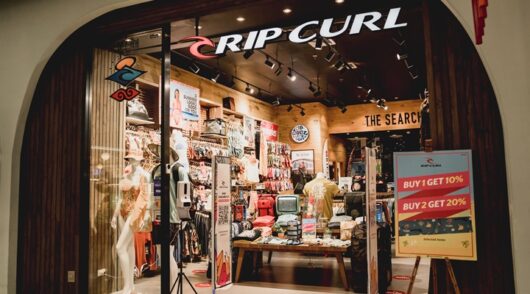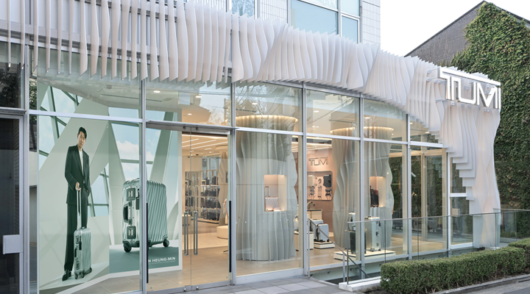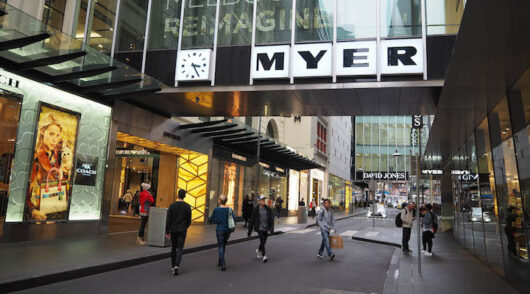Shopping strips across Melbourne are experiencing lower than average vacancy-rates, which could be due to more people working from home.
According to the latest Walk the Strip report from Fitzroys, there has also been a notable increase in food and beverage, service retail, and specialty retail across these local shopping precincts.
This latest report follows an encouraging trend for business owners who occupy the city’s shopping strips. The 2022 report saw Melbourne’s strips bounce back after Covid-19, and they have been sitting at below average vacancy-rates since.
The continued good conditions prompted Fitzroys Associate Director, James Lockwood, to declare a “period of stabilisation” for Melbourne’s strips.
“Rarely have [Melbourne’s strips] had a more even complexion of offerings between specialty, service and food and beverage,” said Lockwood. “And there are hints that they have reshaped back towards a similar mix that was seen pre-pandemic.”
What’s causing the low vacancy-rates?
Lockwood cites the increase in working from home as a primary factor for the low vacancy-rates.
“[Working from home] has supported suburban business as greater numbers of Melburnians go to their local villages to get a coffee, something to eat, go to the gym or do a pilates or yoga session, or get their hair and nails done.
“At a time of flexible working arrangements, more people are looking for places in Melbourne where they can live, work and play. That ultimately means more people spending more of their time in our strips.”
Another cause could be surging population growth. According to recent ABS data, Melbourne’s population grew by 3.3 per cent YoY. Additionally, the Walk the Strip report found that several residential developments had recently reached completion near the surveyed shopping strips. Both factors could be driving the increased demand for physical retail.
Lastly, feedback from tenants suggests that landlords are becoming more flexible with lease terms. Businesses have told Fitzroys that they are looking to set themselves up in advantageous locations ahead of the curve in light of these conditions.
“Landlords are also more flexible when it comes to lease terms, so we’re seeing a range of shorter and longer-term deals being struck that are more amiable to tenants’ needs,” Lockwood commented.
In combination, these factors have created a more resilient environment for Melbourne’s retail strips. In fact, many tenants told Fitzroys they were anticipating more favourable economic conditions and lower interest rates in 2025 and 2026, so there could be more good news to come.
This story was originally published on Inside Small Business.






